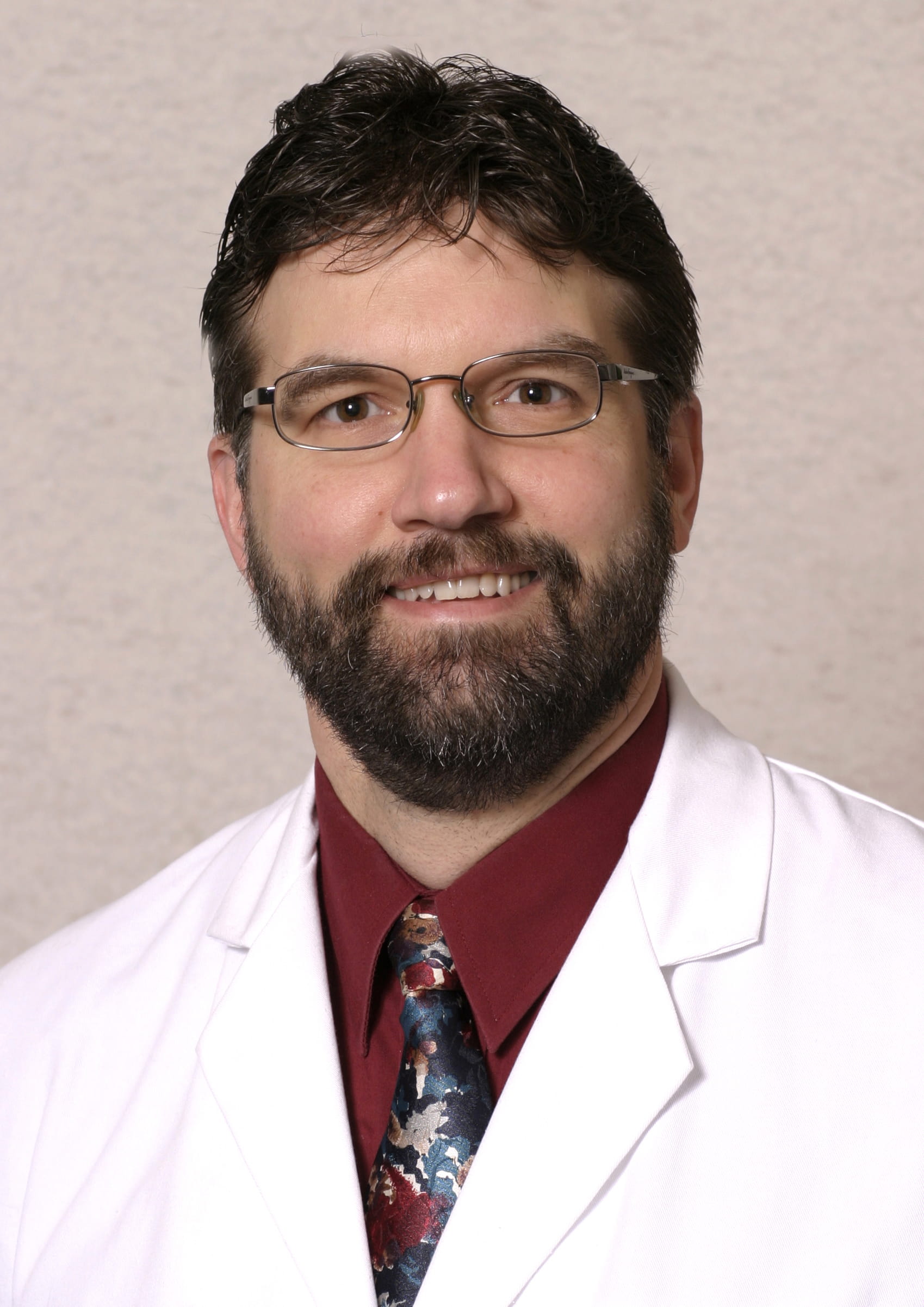January 6, 2015
COLUMBUS, Ohio – As experts in medical education innovation, leaders at The Ohio State University College of Medicine revamped the medical school curriculum in 2012, – Lead.Serve.Inspire. (LSI) – which is transforming how doctors are trained. Students gain hands-on experience early within the first year of the four-year LSI program through a longitudinal, practice-based clinical service that offers opportunities to apply classroom knowledge to actual patient situations. In addition to integrating foundational science, the LSI curriculum focuses on individualized learning, collaborative healthcare teams, communication skills and life-long learning.
As Ohio State’s College of Medicine celebrates its centennial this year, faculty and staff are gearing up for the next 100 years. In September 2014, the College’s inaugural “State of Medical Education” survey was completed – via an online analytical website – by current faculty and students, as well as alumni (MDs and residents) of OSU’s College of Medicine. Areas of focus included the appropriate length of medical school, when medical students should begin caring for patients and the most important skills to learn throughout medical school.
While most current residents or medical students agree the curriculum should span four years, 35 percent of these survey participants think the same objectives can be achieved with only three years of medical training. Of the current 27 percent of faculty who feel medical school should only last three years, 72 percent graduated from medical school 20 or more years ago.
Fifty-six of those surveyed say medical students should start seeing patients during their first year of medical school, and 33 percent don’t believe students should begin seeing patients until their second year. Seventy-two percent of current residents and medical students (ages 18-34) agree that students should see patients in the first year of medical school, however only 41 percent of survey respondents over the age of 65 feel the same.
 “As medicine evolves, so must the way it is taught. Changes in the nature of disease and the patient experience, as well as the explosion of biomedical informatics and the use of technology demand that tomorrow’s physicians be knowledgeable and skilled medical practitioners, as well as leaders and change agents in their profession,” said Dr. Daniel Clinchot, vice dean for education at Ohio State’s College of Medicine.
“As medicine evolves, so must the way it is taught. Changes in the nature of disease and the patient experience, as well as the explosion of biomedical informatics and the use of technology demand that tomorrow’s physicians be knowledgeable and skilled medical practitioners, as well as leaders and change agents in their profession,” said Dr. Daniel Clinchot, vice dean for education at Ohio State’s College of Medicine.
Finally, survey participants were asked to rank the importance of six different aspects of medical school training – clinical problem solving, bedside manner, technology training, clinical research education, team skills and keeping up with rapidly changing medical knowledge and seeking continuing medical education opportunities. Most of those surveyed ranked clinical problem solving the number one most important part of medical school training, followed by acquiring increased knowledge throughout their career. Developing bedside manner and learning how to work on a team tied for the third-ranked most important skill(s). Respondents overwhelmingly agree that technology training (5th ranked) and clinical research education (6th ranked) are the least important on the list. Survey participants who are medical school graduates are 25 percent more likely to think continuing medical education is the most important part of training, while only 15 percent of current medical students agree.
###
Contact: Sherri Kirk, Wexner Medical Center Public Affairs and Media Relations, 614-293-3737, or Sherri.Kirk@osumc.edu
